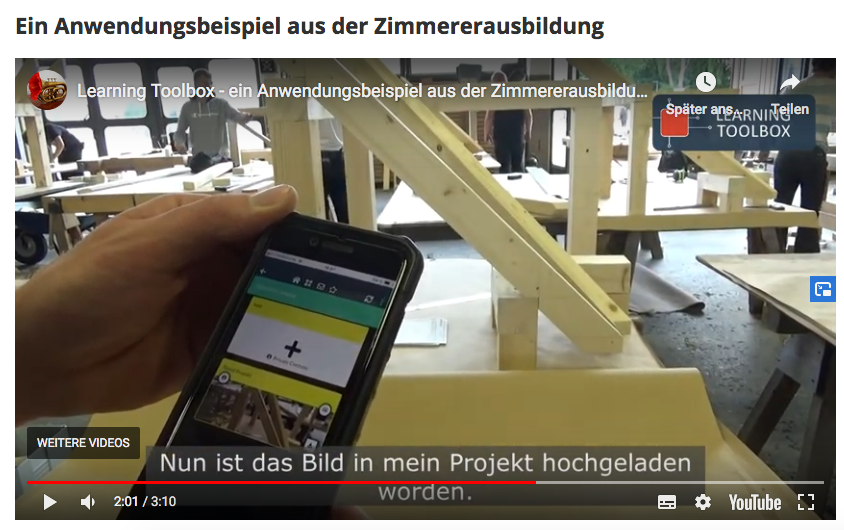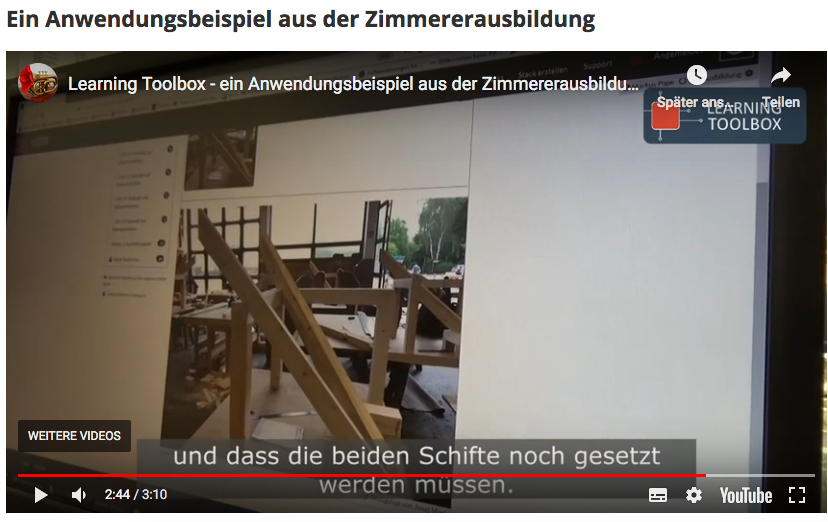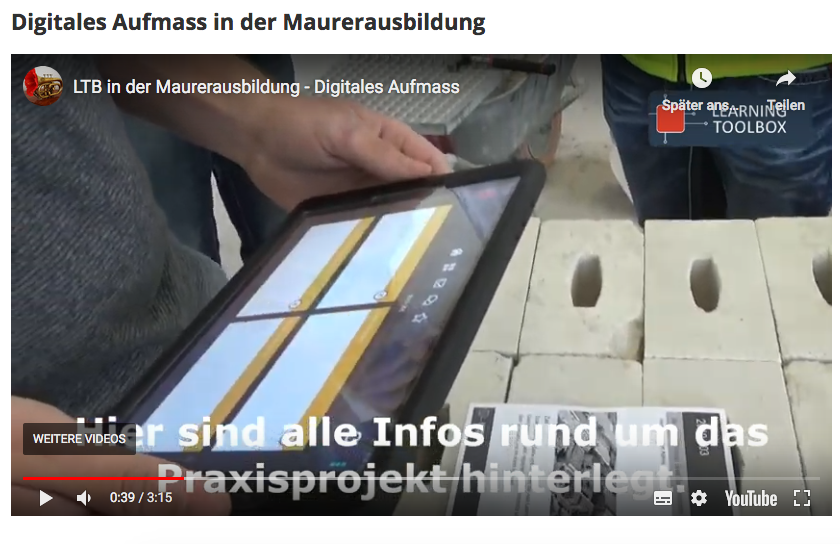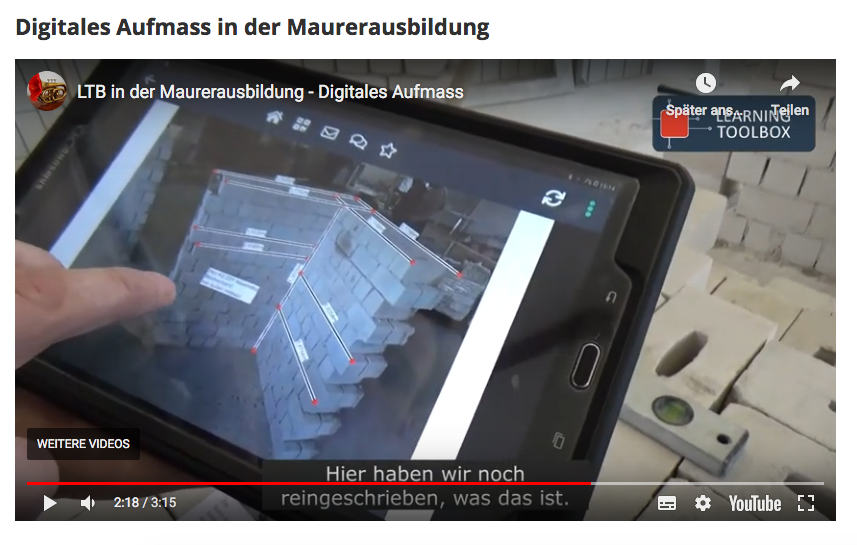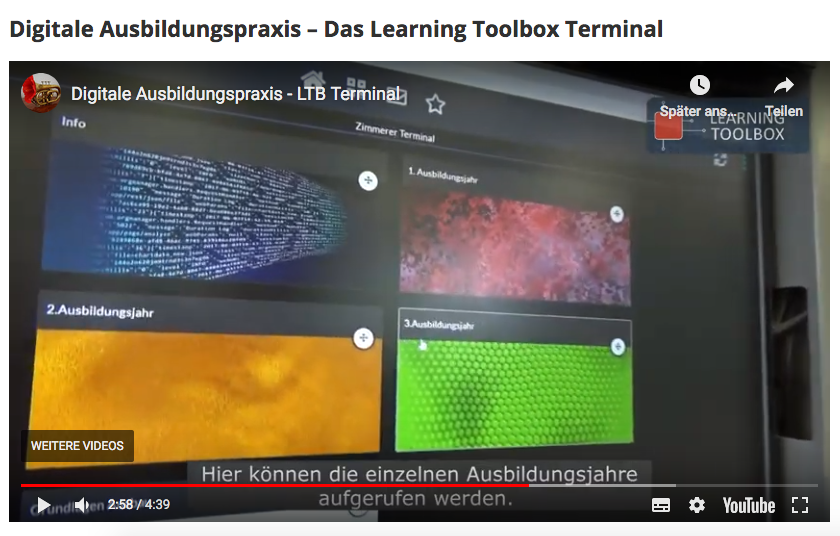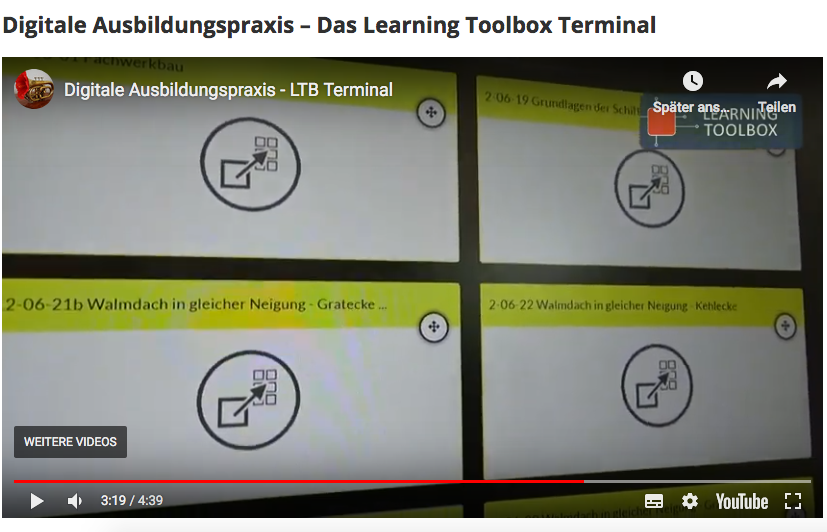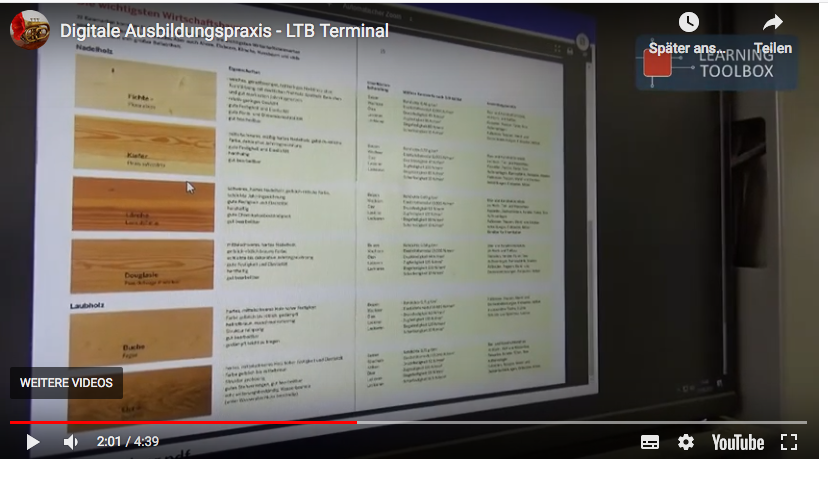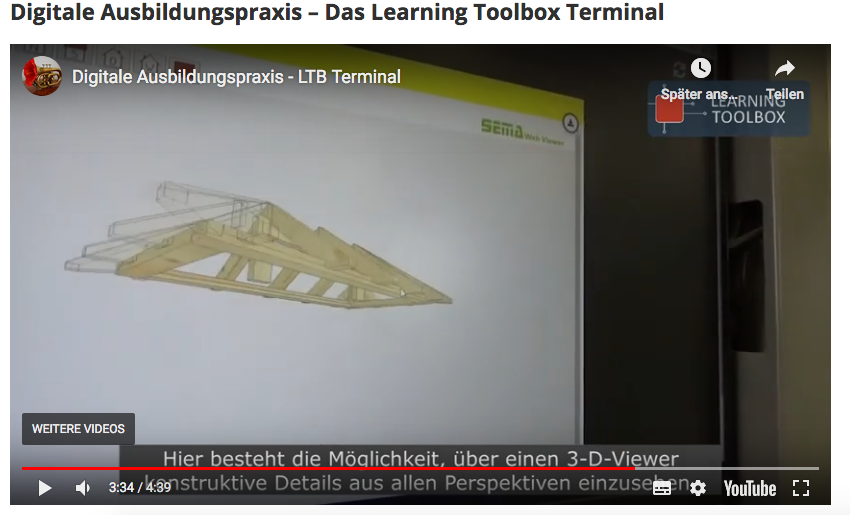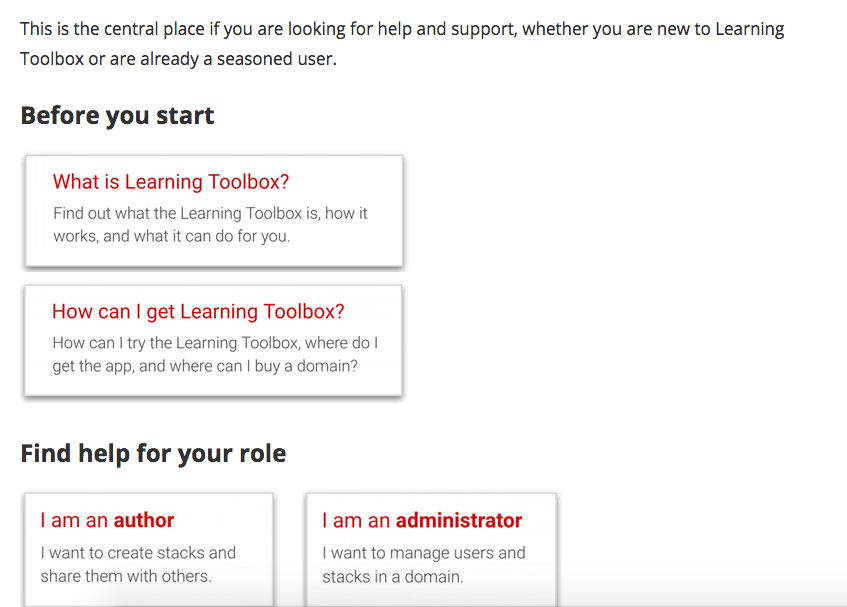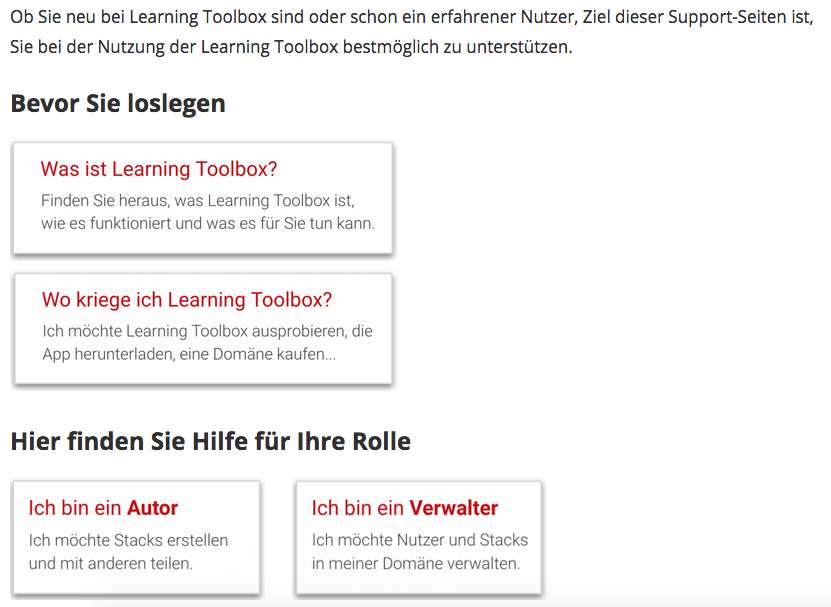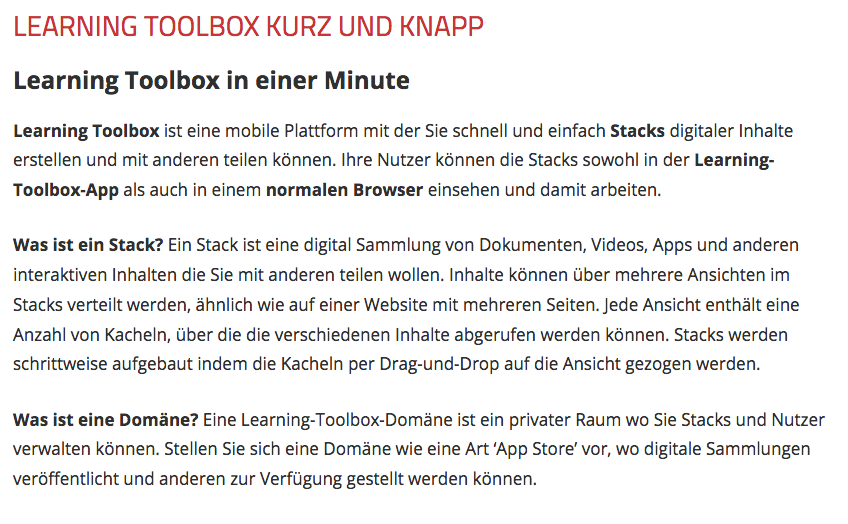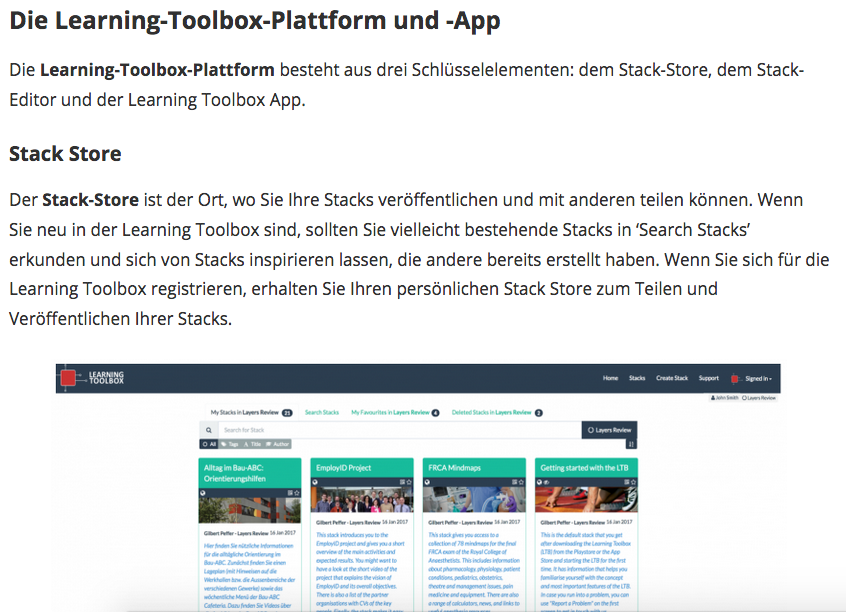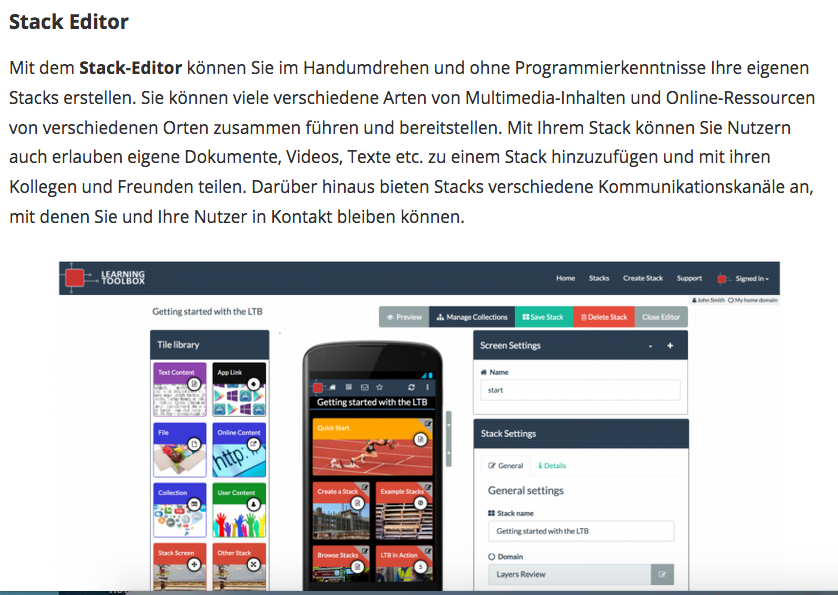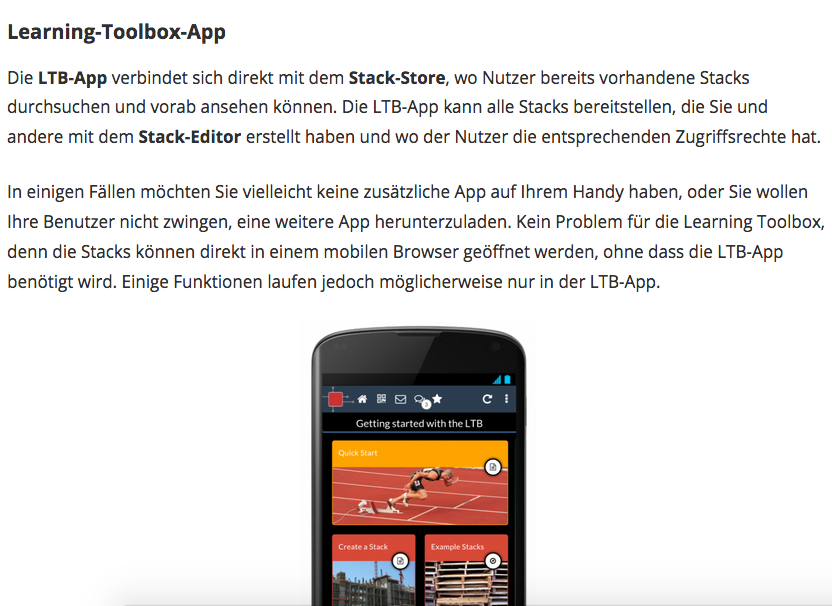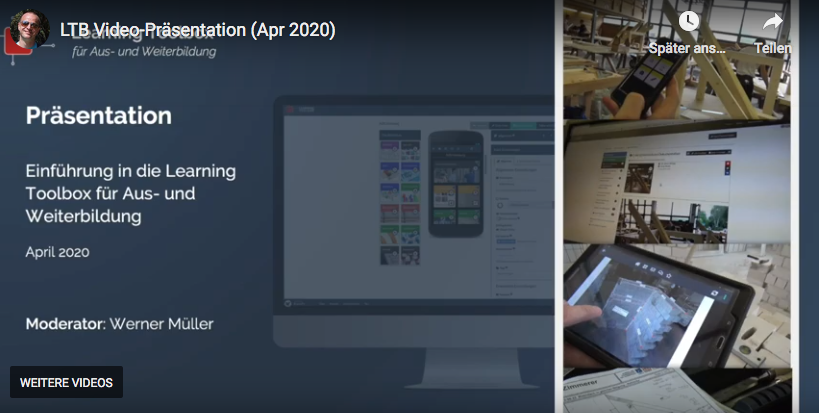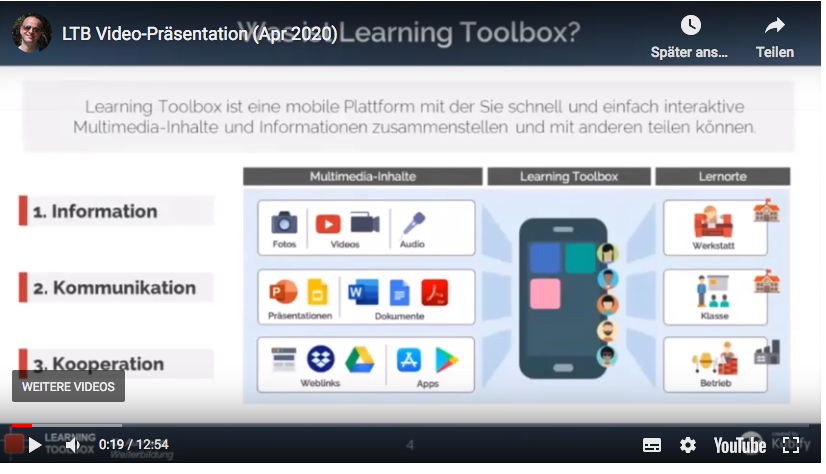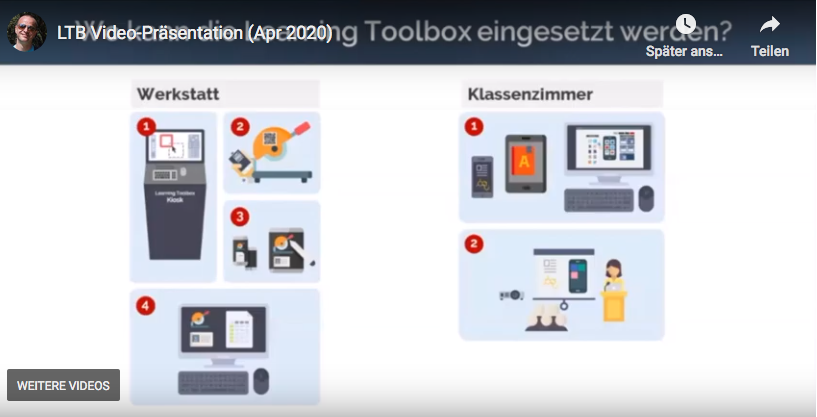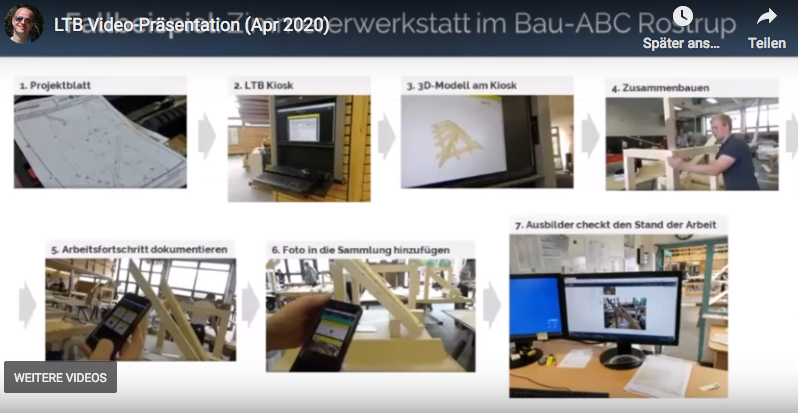Last week I got informed that Mr Stephan Albani, a German MP (Bundestagsabgeordnete) visited the training centre Bau-ABC Rostrup during his field visit in the region. Here it is worthwhile to note that Mr Albani is a representative of that very region but also a member of the special commission of the German Parliament for Vocational Education and Training (VET) in the digital world of work (Enquete-Kommission “Berufliche Bildung in der digitalen Arbeitswelt“). Given this background, it was interesting to hear, what he thought of the use of digital tools to support apprentice training and further vocational learning in Bau-ABC. After all, a team of us from Institut Technik & Bildung (ITB), University of Bremen had worked together with Bau-ABC in the EU-funded project Learning Layers (2012-2016) to co-design and pilot test digital tools to support work process -oriented learning. The main result was the digital toolset Learning Toolbox (LTB) that has then been implemented in Bau-ABC in their apprentice training.
Impressions from the visit of Mr Albani
As I read it from the Facebook-update of Mr Albani and from the attached pictures, he has informed himself very thoroughly on the training of apprentices in different trades and on the use of digital toolsets (notably the LTB). He gives great praise for tthe digital competences of trainers and apprentices and declares Bau-ABC as a parade example, how to implement digitization in the field of VET.
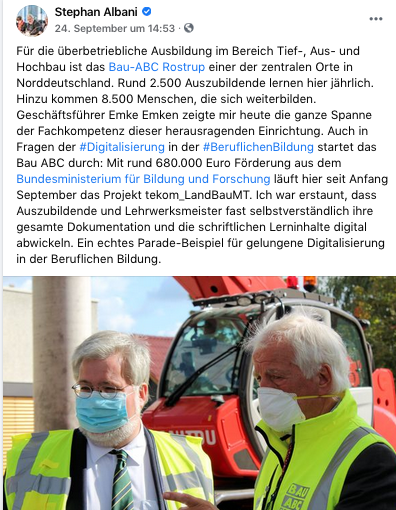
Insights into the demonstration of Learning Toolbox during the visit of Mr Albani
Thanks to the photos that Mr Albani has shared in his update we can take a closer look, how the use of digital toolsets (and notably of LTB) has been presented to him. As we see it from the photos, he got a hands-on training and his tutor was an apprentice who had become an advanced user. So, wee see them working with a mobile device and with the LTB-terminal that makes everything transparent for the apprentices in the workshop and to the supervising trainers (Lehrwerkmeister) in their office. And this guided tour is managed by the apprentice.
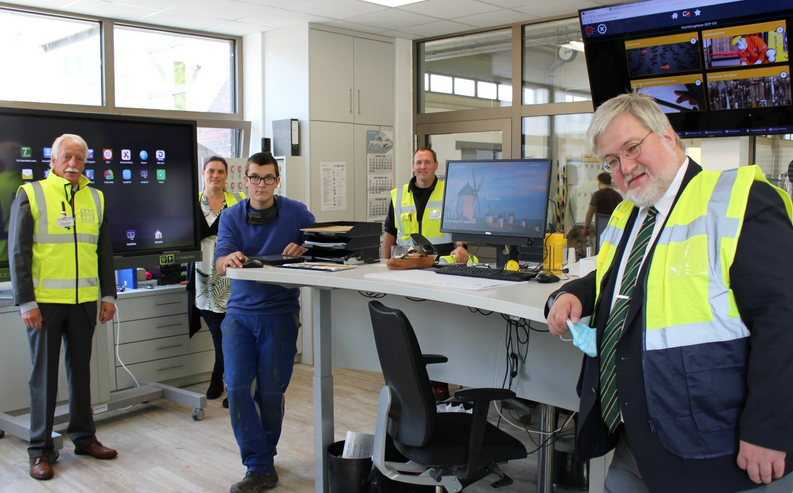
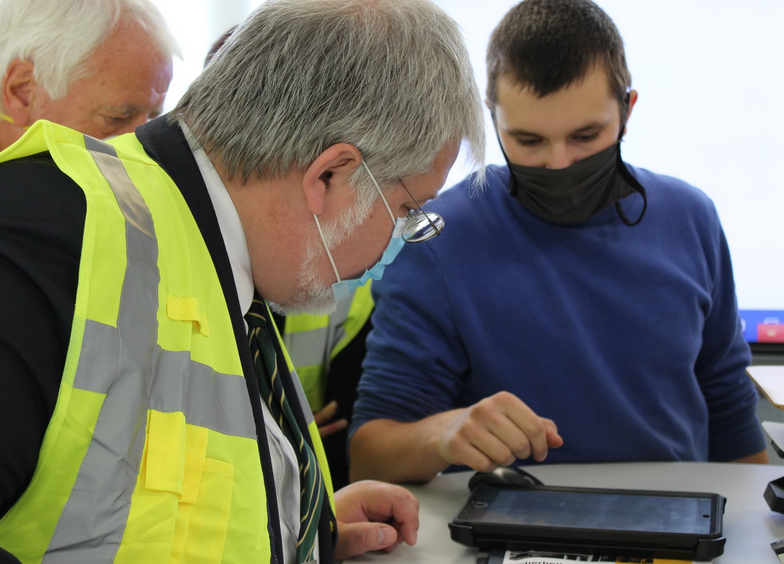
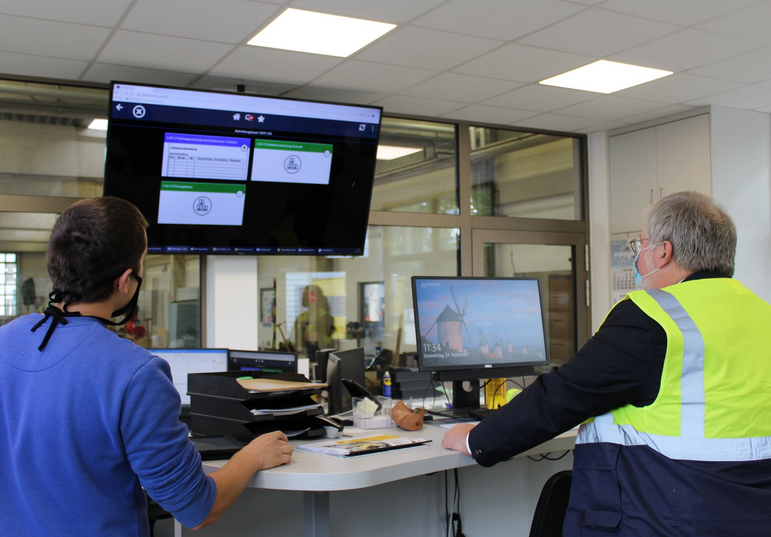
Perspectives for new innovations regarding digitization in the field of VET
In addition to the above-quoted Facebook-update of Mr Albani I have heard that Bau-ABC Rostrup is involved in a major innovation project that runs until the year 2023. From this perspective it has been important that a prominent politician has informed himself of the state of the art and given positive feedback on the quality of training and learning.
